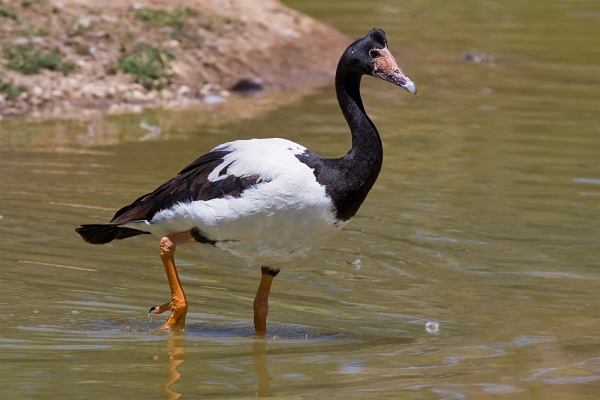Facts About Magpie goose
The magpie goose is a distinctive waterbird native to northern Australia and southern New Guinea. As the sole extant member of its family, Anseranatidae, it holds a unique place in the avian world. Historically, it was prevalent in southern Australia, but habitat destruction has led to its disappearance from that region.
Magpie geese are easily identifiable by their striking black and white plumage, yellow legs, and loud honking calls. They feed on vegetation both in aquatic environments and on land. Despite being part of the order Anseriformes, they differ significantly from other birds in this group.
Research indicates that magpie geese represent one of the oldest branches in the waterfowl lineage. The family Anseranatidae is often referred to as a "living fossil" because it diverged from other birds before the mass extinction event that annihilated the dinosaurs. Fossil records reveal that these birds were once widespread across the globe during the late Paleogene period.
These geese thrive in wetland areas, where they feed on plants and breed in colonies. Although they are relatively sedentary, they face threats from habitat loss and climate change. While they are not currently endangered in Australia, some local populations have previously disappeared. Conservation efforts have been undertaken to reintroduce them, and hunting is strictly regulated.
For Aboriginal communities, the magpie goose holds significant cultural value and is known by various traditional names.
